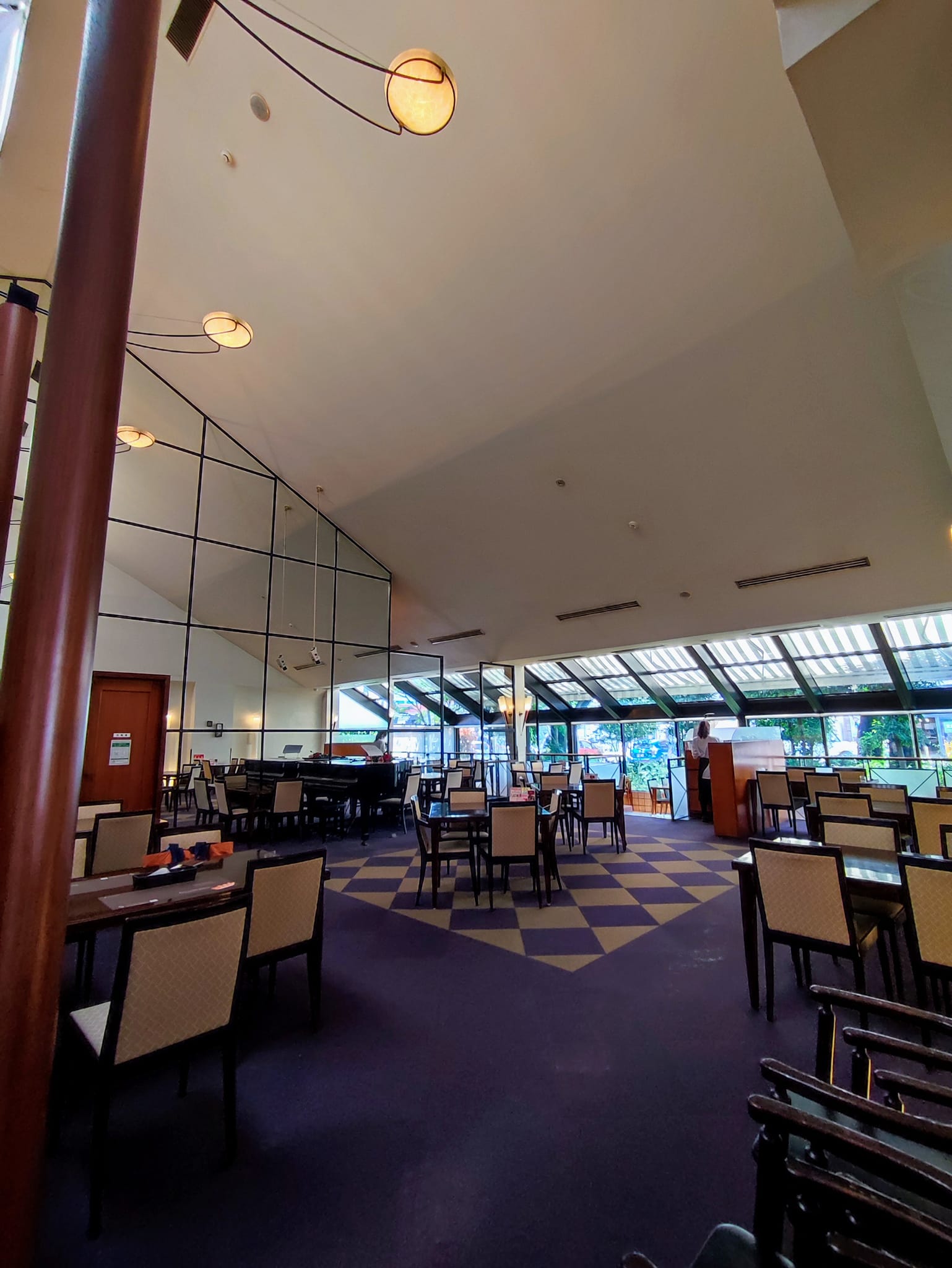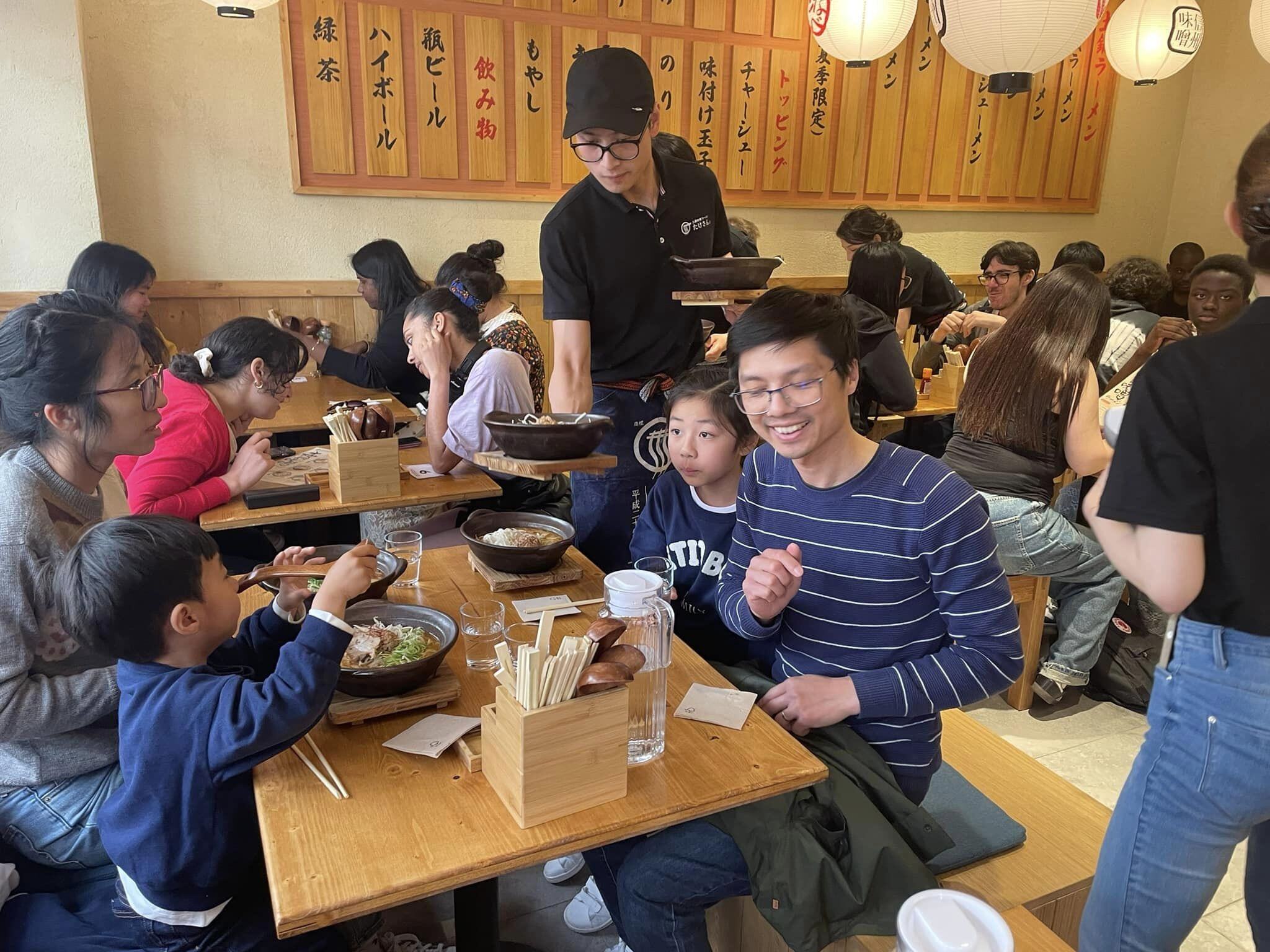What I think of the restaurant!

What I think of the restaurant!
The businesses I have been involved in for the last 25 years are either franchise businesses or restaurant businesses. It's either one of these.
There is a difference between Japan and Asia, though. Whether it is a service business or a restaurant business, you are setting up an actual storefront. There are many employees and partners (part-timers).
The largest number of employees is 3 to 4 employees per "Restaurant St. Mark's" and 70 part-time workers.
The number of employees per restaurant is over 70. Another small business.
Three employees, each faction, and their associated partners. The kitchen and the hall. The sectionalism. In a store, all kinds of problems occur.
The problems of the store can be seen the moment you enter the store. In particular, there are stores where communication within the store is good and stores where it is not.
Employees and partners, and partners among themselves. Whether or not there is a store culture, not a corporate culture? How about the culture?
I think about this every time I visit a store.
Stores with a high level of communication within the store have a strong store culture, and the manager's ideas permeate the store. And such stores often have high sales.
Do you remember the manager's face when he or she enters the store? Does the manager tell you what the manager looks like?
The first impression you get when you walk into a store is the same impression customers get when they walk into a store.
The numerical status of the store can be grasped by the data sent from the POS. What cannot be grasped with that data is extremely important, and that is why we go to the store.
We decide which stores to visit, what our priorities are, and how often we visit them.
In this way, we visit the store, talk with the store manager, and determine the store's situation. The president sometimes does what area managers and SVs usually do.
This is where the significance lies. The president will identify problem stores and work with store managers and SVs to resolve the issues. Continuation of this cycle.
During the Prime Link era, there were 70 directly managed stores out of a total of 500 stores. I went around those stores with the will described above.
What was most effective in solving problems and improving directly managed stores. It was the above-mentioned store visits and get-togethers with partners (part-time workers). These were meetings for me, the president, and the part-timers only. No one else is allowed to attend. The best number of people is about 10. It is best to have a range of people who can communicate deeply with each other.
Part-time workers are recommended by the manager. Part-time workers who want to influence the president directly are chosen. The get-togethers are held in the company's conference room over snacks and a relaxed atmosphere.
Talks about work, management philosophy, employment, future dreams, family, boyfriends and girlfriends. Various consultations. Talks from the perspective of a much more senior person in life, which the store manager cannot do. And we also exchange our values. Everyone is anxious about life, anxious about finding a job, and wants to learn from their seniors in life.
I will tell them directly in my own real voice.
By holding this meeting, many part-timers have joined the company. Many part-timers' attitudes toward their work are changing. Many store managers said that it became easier for them to do their work in the store. Many of them said, "I am very happy to be here.
It is difficult for a single store manager to change the store culture of a store. If 20 to 30% of the store employees, including the store manager, become like-minded, the store will change at once.
This is especially true for stores where the manager has been transferred. That is why the president should speak directly about the unchanging company philosophy, culture, and work attitude. He should be the storyteller, conveying the soul of the company.
However, many presidents do not do this. The most enjoyable thing is the connection with the front line. You can see their efforts.
The reason is that there is not enough time. The manager should train part-time workers in the store. There are other important jobs.
I was taught that the most important job of a manager is recruiting, training, and strategy (hardware and software).
I will talk about strategy (hardware and software) next time. When I think about recruitment training, the shortest way to improve the company's profitability is to improve the profitability of directly managed stores, so this is not the time to leave it to others.
To do so, it is necessary to improve the store's culture, and again, the culture is often shaped by the part-time workers who make up the majority of the store's workforce.
The culture, the structure, the service, and the hospitality. Most of the image customers have of a store is caused by part-timers.
Directly influencing and improving them is important. Such a system is important.
That was the partner (part-time worker) get-together. Clearly, improving the culture and numbers at directly managed stores would be more effective if part-time workers were directly affected.
In addition, from the perspective of recruitment, it is also meaningful to reap the benefits of the company's internal green harvest. By influencing them, you can sift through them and make direct overtures to them. Repeat.
Nowadays, we hear many people say that they cannot recruit and cannot train.
How seriously are we influencing and seducing the lives of our own part-time workers?
I felt this way recently while touring ASEAN stores.
Assentia Holdings Akira


